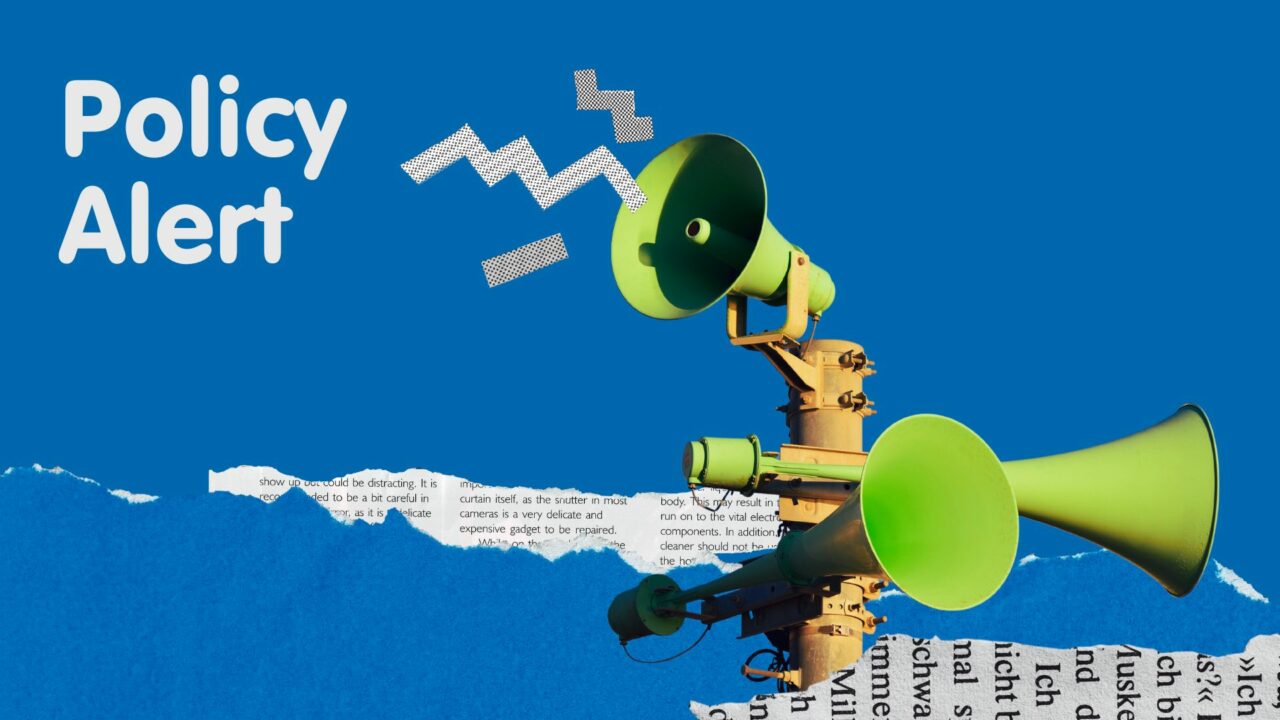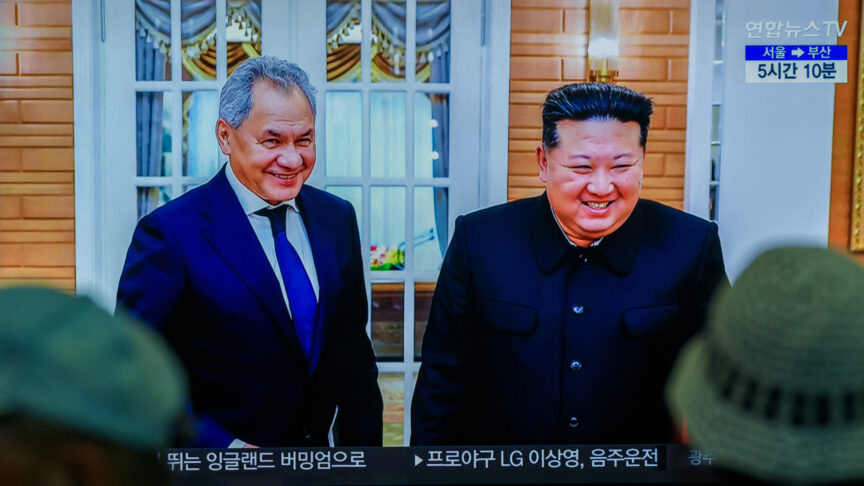Grand designs: Linking Europe to India via the Gulf
An ambitious response
“This really big deal”, said US president Joe Biden in response to plans unveiled at the recent G20 summit to build a maritime and rail corridor linking India to Europe through the Gulf. Beyond the United States, the “India-Middle East-Europe economic corridor” (IMEC) initiative involves the European Union, France, Germany, Italy, India, the United Arab Emirates, and Saudi Arabia. This grand response to the Chinese Belt and Road Initiative (BRI) wants for nothing in its ambition. However, an initiative of this vast scale – that includes extensive and complex rail links – will face considerable challenges, ranging from economic viability to financing.
Ambition to reality
The members of the initiative will draft a roadmap and timing for IMEC’s implementation within the next 60 days. In setting out how to transform ambition into reality, they should consider the following:
- Logistic corridors should be cost-effective and functional to lure trade away from existing routes. To be competitive, the IMEC would need to streamline procedures through the adoption of common standards and partial regulatory convergence. For diverse countries to reach agreements on these in a context of geopolitical tensions requires a constant diplomatic dialogue. As the end destination of the corridor, the EU should have considerable interest in ensuring this happens.
- Railways are the most sustainable and efficient form of land freight transport. But they are also expensive and complex to build, requiring interoperability with port facilities. The record of rail construction in the Gulf, the central section of the IMEC, is not great: rail connectivity between Gulf Cooperation Council states is proceeding behind schedule, with a 2025 deadline that is unlikely to be met. The IMEC should therefore build on the model of the EU’s Trans-European Transport Network (TEN-T) scheme to identify the most promising infrastructure for the new initiative. TEN-T could also provide a functioning implementation mechanism between the participating countries.
- Saudi Arabia has committed to invest $20 billion in the IMEC. But public finances in the EU and the US are in a weaker position from which to embark on major projects abroad. The funding of such a bold plan would rely heavily on private capital – and even India’s fast growth might not be enough to draw investors. The EU could instruct the European Investment Bank and the European Bank for Reconstruction and Development to provide guarantees and issue a dedicated bond instrument to collect resources.
Rival ambitions
The announcement of the IMEC initiative comes at a time of strong geoeconomic competition in the infrastructure domain, and stems from a desire among Western powers to push back against Chinese influence. The project aims to redesign trade flows by presenting an alternative to the BRI and routes relying on Chinese-sponsored connectivity. Economically, it offers the opportunity to boost trade in goods, energy, and services between the EU and India, the fastest growing G20 member. The IMEC is also highly significant in that it represents the first concrete effort from the EU and the US to provide infrastructure investments in partnership with non-Western actors, finally viewing them as collaborators rather than as mere recipients of such plans.
The European Council on Foreign Relations does not take collective positions. ECFR publications only represent the views of their individual authors.



